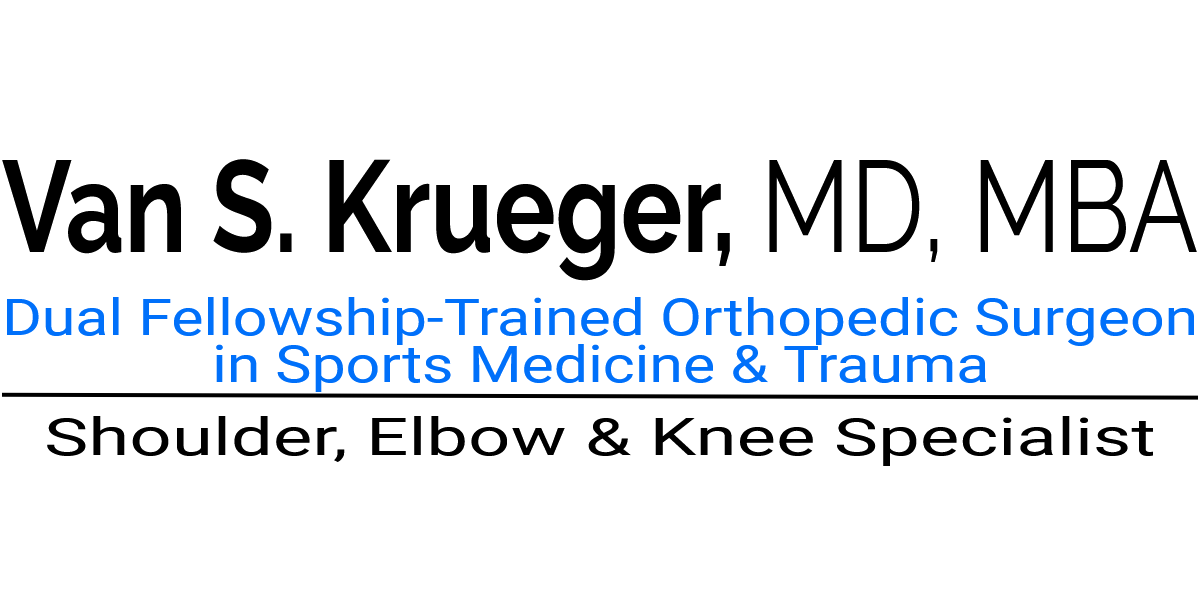Shoulder Instability: Causes, Treatment, and Recovery
Understanding Shoulder Instability
Shoulder instability occurs when the shoulder joint becomes loose, often due to injury or repetitive strain. This can lead to dislocations, subluxations (partial dislocations), and persistent pain or weakness. If left untreated, instability can significantly impact shoulder function and limit daily activities or athletic performance.

- 1 win casino
- pinup
- pinup casino
- mostbet
- pin up casino uz
- mostbet
- mosbets
- mosbet
- mosbet casino
- pinup
- pin up uzbekistan
- pinup
- pin up
Common Causes of Shoulder Instability
- Traumatic Dislocation – Often caused by sports injuries, falls, or accidents, leading to ligament damage and, in some rare instances, fracture.
- Repetitive Overuse – Common in overhead athletes (e.g., swimmers, football players, weightlifters) who place repeated stress on the shoulder.
- Hyperlaxity – Some people have naturally loose ligaments, making them more prone to shoulder instability.
Symptoms of Shoulder Instability
- Shoulder dislocations event, whether self-reduced or requiring reduction by a medical provider
- The feeling of the shoulder “slipping” out of place (i.e., subluxation events)
- Pain, especially with overhead or pushing movements
- Weakness and apprehension with certain movements and arm positions
Associated Injuries from Shoulder Instability
Labral and Capsular Injuries (Younger Patients)
First-time dislocations often cause labral tears, such as a Bankart lesion and HAGL lesions, along with capsular stretching, increasing the risk of recurrent instability.
Rotator Cuff Tears (Older Patients)
In patients over 40, shoulder dislocations frequently involve rotator cuff tears, which can contribute to persistent weakness and dysfunction.
Fractures
Bony injuries, such as Hill-Sachs lesions (on the humeral head) or bony Bankart lesions (on the glenoid), can occur during dislocation events in all age groups.
Bone Loss from Recurrent Dislocations
Multiple instability episodes can cause progressive glenoid and humeral head bone loss, making future stabilization more challenging and potentially requiring bone grafting procedures.
Treatment Options
Management of first-time shoulder dislocations has traditionally favored conservative treatment, such as immobilization and physical therapy. However, recent studies suggest that early surgical stabilization may be beneficial for high-risk individuals, including young patients, contact athletes, and laborers. A systematic review and meta-analysis by Belk et al. (2022) found that surgical stabilization for first-time anterior shoulder dislocation significantly reduced recurrent instability (6.3% vs. 46.6%, P < .00001) and the need for subsequent surgery (4.0% vs. 30.8%, P < .00001) compared to nonoperative treatment. Young active males seem to be at the highest risk and benefit the most from early surgical intervention. In the elderly, recurrent shoulder stability is less common, but patients may suffer rotator cuff tears. Early evaluation and discussion with an orthopedic surgeon is usually recommended to determine the best treatment plan.
Non-Surgical Treatment
For many patients, non-surgical management can restore stability and function:
Physical Therapy
Strengthening the rotator cuff and scapular muscles to improve stability
Activity Modification
Adjusting movements and avoiding positions that provoke instability
Bracing
Providing external support for athletes or individuals at risk of dislocation
Surgical Options
If conservative treatments fail or if high risk after first dislocation, surgery may be needed to restore stability:
Arthroscopic Labral Repair (Bankart Repair)
Repairs torn labrum and capsule using minimally invasive technique
Remplissage
Arthroscopic procedure to fill in the bone defect in the humerus (i.e., Hill- Sach lesion)
Bone Graft Procedure
Reserved for advanced cases when bone of the glenoid has been worn away. Most commonly Latarjet procedure (coracoid transfer), but also distal tibia allograft
Why Choose Dr. Krueger?
As a dual fellowship-trained orthopedic surgeon specializing in shoulder conditions, Dr. Krueger offers advanced, personalized treatment options for shoulder instability. Whether you’re an athlete looking to return to peak performance or someone struggling with persistent pain and dysfunction, he has experience and expertise to help you regain stability and confidence in your shoulder.
Schedule an Appointment Today
If you’re experiencing shoulder instability, don’t wait to seek expert care. Contact my office today to schedule a consultation and discuss treatment options.

